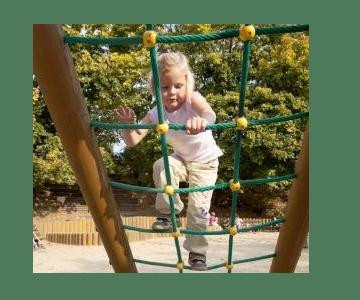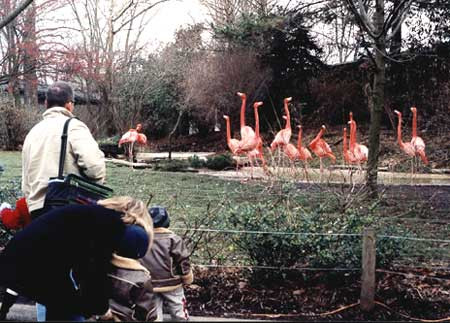Preschool Physical Environments Crucial (05-03-07)
The physical environments in child care settings influence the cognitive capabilities of children. Space design is particularly important for 3-year-olds.
The physical environments in child care settings influence the cognitive capabilities of children. Space design is particularly important for 3-year-olds.

A list of seven criteria that designers can immediately use to assess and improve playspaces has emerged from research and literature review.
This insightful article broadly reviews the influence of the physical environment on child development.
The physical environment can be a source of engagement and learning for young children or it can inhibit learning opportunities. In out of home child care, both center and family-based, the physical environment should support learning as much as possible. How does learning and the physical environment intersect?
For most children, directed learning occurs in a specific place they inhabit every school day—their school building. Two research studies add to our understanding of how these physical places can affect children’s learning-related behaviors and performance
There is a great obstacle for children of all abilities reaching their objective of engaged play. It is an element within the playground under the exclusive control of adults – surfacing!
Museums, and particularly science museums, are continuing to investigate the ways in which places themselves, rather than individuals, facilitate learning. Many of the museum findings are applicable wherever informal learning takes place—schools, playgrounds and children’s gardens, training centers, and potentially even dementia care facilities.
The passage of an ANSI standard for classroom acoustics makes setting school acoustic standards easier, but who is listening? If the intention is to modify classrooms, what factors should be considered?
Evidence has shown that ergonomic interventions can decrease worker discomfort, but can they increase productivity? Are ergonomic guidelines being ignored in schools?

What are the most important benefits sought by zoo visitors? What can surveys and a post-occupancy evalutation reveal about zoo design?